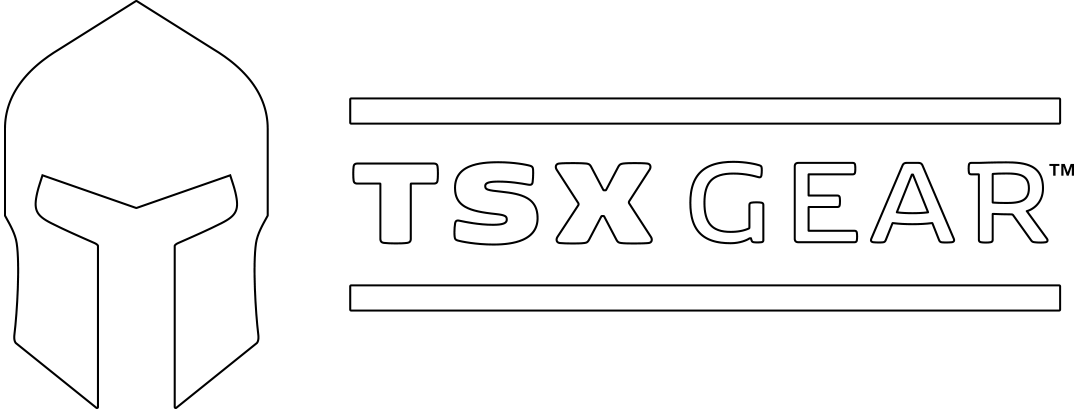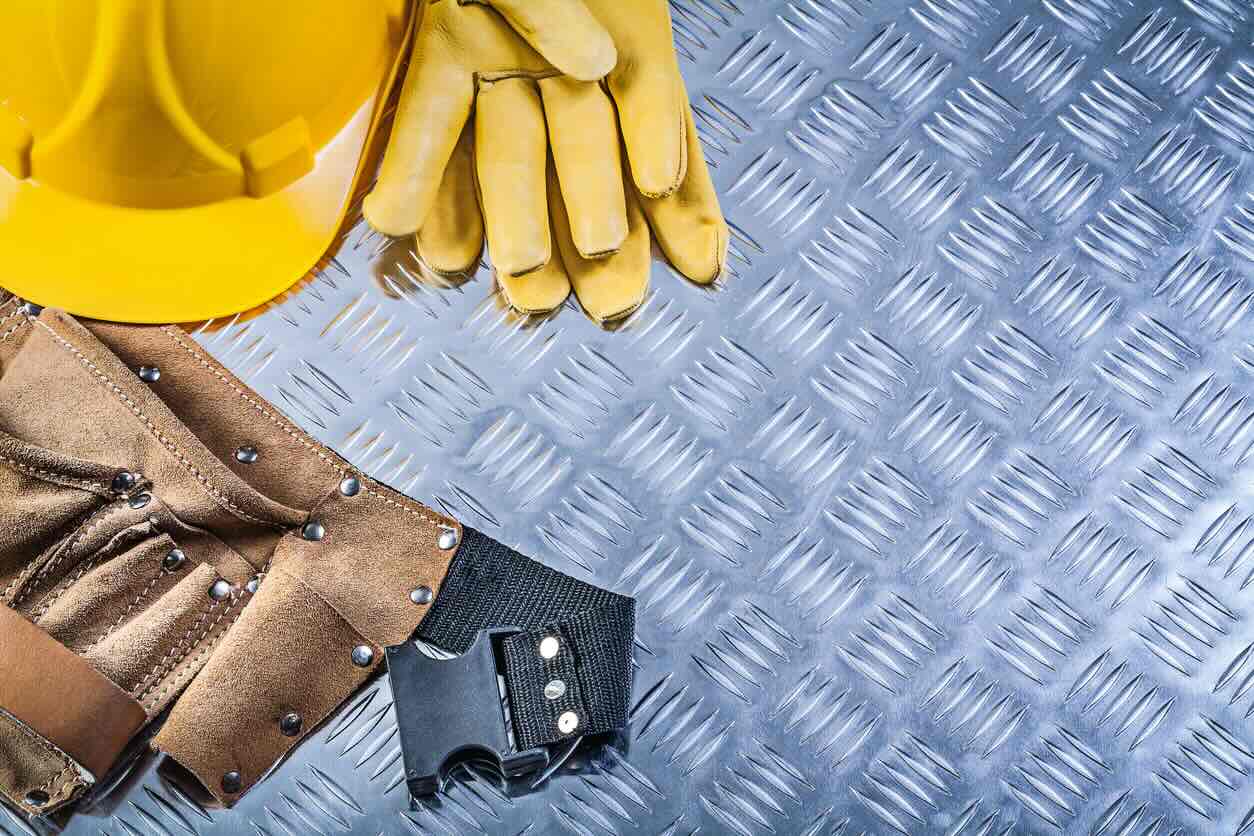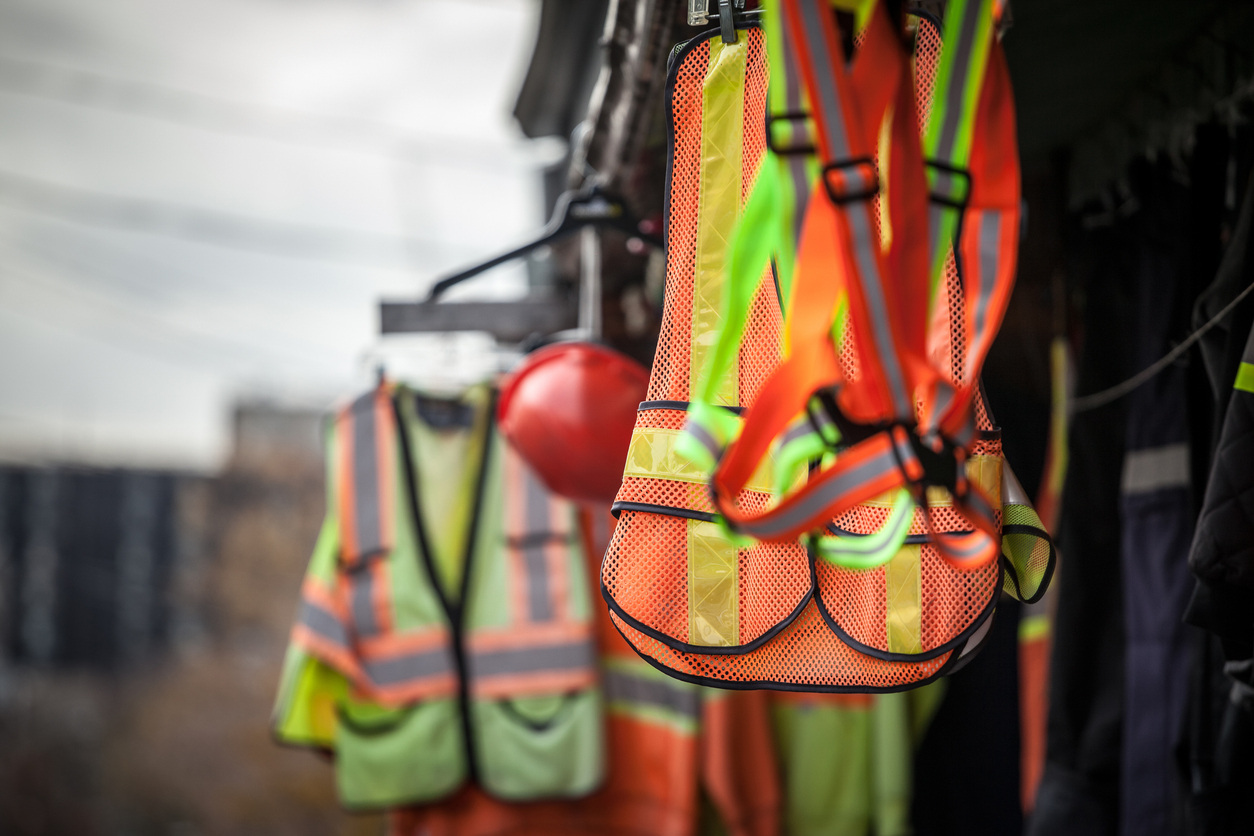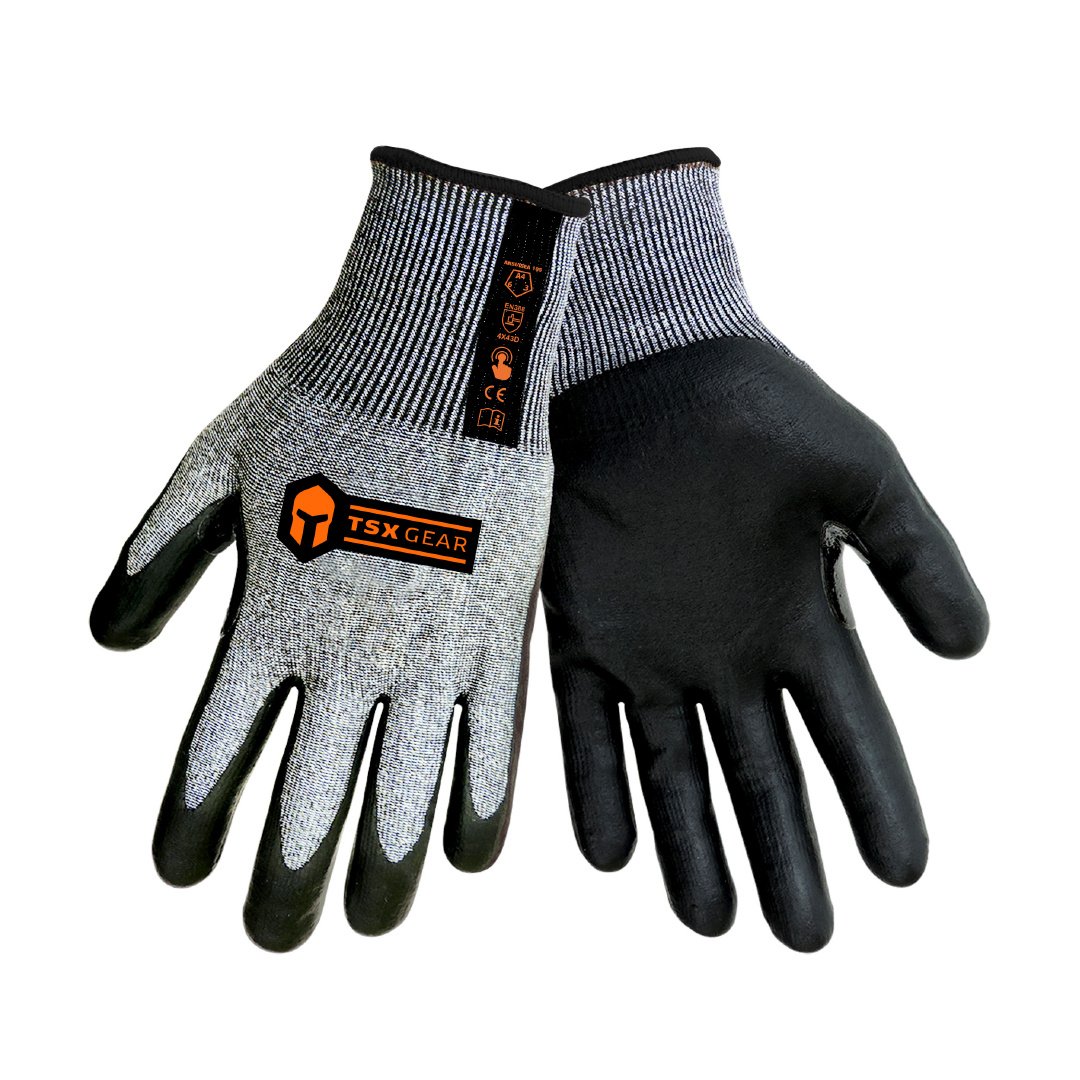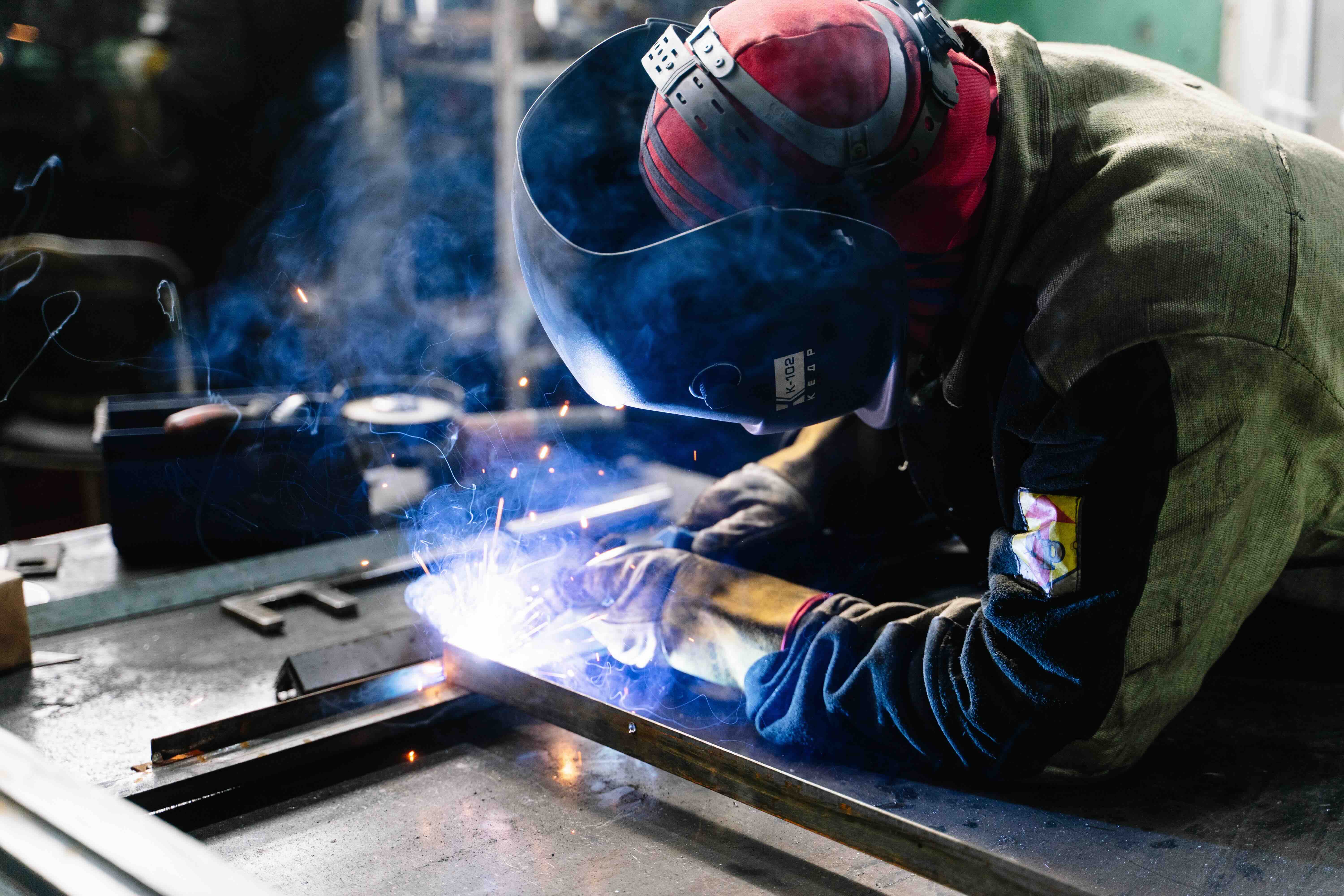Today work environments face many challenges, and the role of safety equipment suppliers has grown. They are essential partners in protecting workers health and welfare. Safety equipment suppliers are important. Knowing this can affect workplace safety and compliance with laws. This article looks at the need for quality safety equipment, especially PPE, and how crucial suppliers are to this field.
We will discuss different types of PPE available. Furthermore, we will address challenges and innovations that affect the industry. Strong vendor-supplier relationships can help companies protect their best asset—their workers. This article is for safety managers and business owners. It offers insights on choosing the right safety equipment suppliers. It explains their impact on workplace safety.
The Importance of Safety Equipment in the Workplace
Safety equipment is vital for protecting workers from workplace hazards. It significantly contributes to overall health and worker safety. On construction sites or in hospitals, proper protective gear can be the line between risk and safety. Without proper safety gear, workers could face a rise in injuries and health problems, impacting them and the organization.
Employers must provide PPE to meet occupational safety standards. Not complying could endanger worker safety and result in hefty fines for the organization. OSHA sets rules for employers. They must provide safety gear for work hazards.
Investing in safety equipment goes beyond compliance. It promotes a more productive work environment. Stats show that safety equipment lowers injury rates and costs from workplace incidents. Best practices can cut incidents by 40%. This lowers medical costs and insurance claims. This can help stabilize the financial health of a company.
When employees see they are protected by quality safety gear, their confidence increases. A secure workplace builds trust and loyalty among workers. This trust can result in greater job satisfaction. Staff are more likely to be proactive when their safety is taken seriously. Such positive culture can increase productivity and reduce turnover rates within the company.
In conclusion, the role of safety equipment in the workplace is essential. Safety equipment suppliers must provide high-quality PPE. It protects workers and keeps workplaces safe. Companies can promote a culture of care and productivity with proper safety equipment in place.
As we move to the next section, we will explore personal protective equipment and its crucial parts for workplace safety.
Understanding Personal Protective Equipment (PPE)
Personal Protective Equipment (PPE) is gear. It protects workers from injuries and health risks in the workplace. It is vital for safety in many industries, especially construction, manufacturing, and healthcare. PPE serves as a barrier, reducing accident rates.
In risky work environments, the need for PPE becomes more important. Construction workers face dangers. These are falling objects, electrical threats, and hazardous materials. Selecting the right PPE is vital for personal safety and for following workplace rules.
PPE must meet standards from regulatory authorities, like OSHA. Following these standards make workplace safer and it is required by law for employers. PPE is essential to ensure safety at work, showing a commitment to workers' welfare while meeting legal safety duties.
Proper training and usage affect PPE’s effectiveness too. Workers must learn the significance of using PPE, how to use it correctly, and how to maintain. Educated employees, using the right gear, means fewer accidents. This leads to greater safety.
PPE is critical in protecting workers. It is part of a broader safety strategy handled by safety equipment suppliers. These suppliers provide essential gear. They help companies create safer workplaces by advising on safety rules.
We must note the importance of using safety equipment and PPE. This is key to discussing how supplier relationships improve workplace safety. These connections help create a culture of safety within organizations.
Vendor and Supplier Relationships in Safety Equipment
Vendor relations play a key role in ensuring saftey equipment procurement is effective. Strong ties with safety equipment suppliers give access to various, compliant products. Strong vendor ties often improve product quality. This helps reduce workplace accidents.
Dependable safety equipment suppliers help businesses handle compliance and sourcing challenges. They understand compliance regulations well. These suppliers can provide insights. They can help organizations meet safety standards. This lowers legal risks and boosts worker safety. Good communication lets suppliers handle inquiries quickly. This is vital for smooth operations.
Strong connections with safety equipment suppliers improve product choice and market position. By working closely with suppliers, organizations can find new product innovations and stay ahead of trends. This team approach helps organizations grow and adjust to changes in safety needs.
As firms focus on strengthening vendor relationships, it’s crucial to see how it shapes procurement strategies. The strength of these ties is linked to the quality of protective equipment gained. It shows the importance of partnering with safety equipment suppliers who have a good reputation. For PPE, these relationships are vital for worker safety in various settings.
Next, we will discuss the types of personal protective equipment vital for workplace safety. The right tools can help avoid injuries and save lives.
Types of Personal Protective Equipment
Personal Protective Equipment, or PPE, is vital for safety at work. Organizations need to know the types of PPE available to protect their workers. Safety equipment suppliers are vital. They provide items to protect employees from various hazards. Here are main types of PPE used in work environments:
1. Head Protection: Hard hats are necessary to stop head injuries. They are important at construction sites and in factories with overhead risks. Helmets absorb impact and protect from falling objects.
2. Eye Protection: Safety glasses are critical against chemicals and dust. In workspaces with risks for eye injuries, eye protection is essential. Over 20,000 eye injuries happen each year on the job.
3. Hand Protection: Many gloves are used to protect against various risks. They guard against cuts, heat, and chemicals. Proper gloves can decrease hand injury likelihood in workers.
4. Foot Protection: Safety shoes help to prevent injury from slips and falling items. Shoes with steel-toe caps, slip resistant soles, and puncture-resistant materials lessen risks.
5. Body Protection: Full-body suits protect against chemical spills and extreme conditions. Proper body protection is crucial for worker safety and performance under tough situations.
Choosing right PPE is essential. Safety equipment suppliers help lower workplace injuries and raise safety levels. They build partnerships with businesses to provide tailored PPE solutions. This ensures workers have the tools for safer jobs.
The industry faces many challenges and changes in PPE manufacturing. They will shape the future of workplace safety.
Challenges and Innovations in PPE Manufacturing
Safety equipment suppliers face challenges meeting rigorous safety standards and market demands. The COVID-19 pandemic exposed these struggles. It showed weak supply chains and a sudden rise in demand for personal protective equipment. This environment forced manufacturers to adapt fast to maintain worker safety across industries.
Innovations in PPE design respond critically to these challenges. Advances in materials science created lighter, more comfortable, and effective gear. Ergonomically designed equipment increase user comfort and compliance. Comfortable safety equipment means workers wear it more, which lowers the risk of workplace injuries.
Collaboration between safety professionals and equipment suppliers is vital. As safety needs change, these partnerships help develop gear that follows the latest regulations. Safety equipment suppliers often incorporate user feedback into their design. This approach addresses real-world challenges that workers face daily.
PPE manufacturing has challenges. But, innovations in safety gear are improving protection and compliance. As we move forward, choosing the right safety equipment suppliers is vital. It will help organizations meet their growing safety needs efficiently.
Selecting the Right Safety Equipment Suppliers
Choosing safety equipment suppliers impacts compliance and worker protection. A bad supplier adds risks that can harm workers and affect operations. So, evaluating potential suppliers thoroughly remains important.
First, checking the reputation of safety equipment suppliers matters a lot. Long-standing suppliers usually have better quality and safety records. Organizations need to find reviews and ratings of suppliers' performance and customer satisfaction.
Next, the variety of products from suppliers is also crucial. Suppliers must offer a wide range of personal protective equipment. This gear must meet specific needs and comply with safety standards for the industry.
Importantly, suppliers have to comply with relevant safety regulations like ASTM, ANSI, and ISO. Compliance proves their commitment to safety and quality. When suppliers meet these requirements, accidents are less likely. A safety culture will flourish.
In summary, choose a reputable safety equipment supplier. It should have a variety of products and comply with regulations. This ensures high safety standards and effectiveness.
Conclusion
In conclusion, safety equipment suppliers are essential for workplace safety and meeting regulations. We discussed how safety equipment helps reduce risks. Also, we mentioned types of personal protective equipment needed in various settings. Strong relationships with vendors bring added value.
As you proceed, reflect on how what you've learned about qualified safety equipment suppliers can affect your workplace's safety culture. It is important for your team to have the right protective gear. Establish good communication with your suppliers for better safety solutions.
Focusing on safety equipment suppliers improves your safety strategy. You play a part in making the work environment safer. Take steps now, and show your commitment to safety. This investment helps to prevent accidents and boosts workplace productivity.
About TSX Gear
TSX Gear is a U.S. manufacturer. It makes high-performance gloves for industrial safety. It focuses on quality, with no middlemen.
TSX Gear helps businesses meet strict safety standards and cut costs. It does this by streamlining the ordering process and offering competitive prices. Visit us now to enhance your workplace safety with our top-tier gloves.
